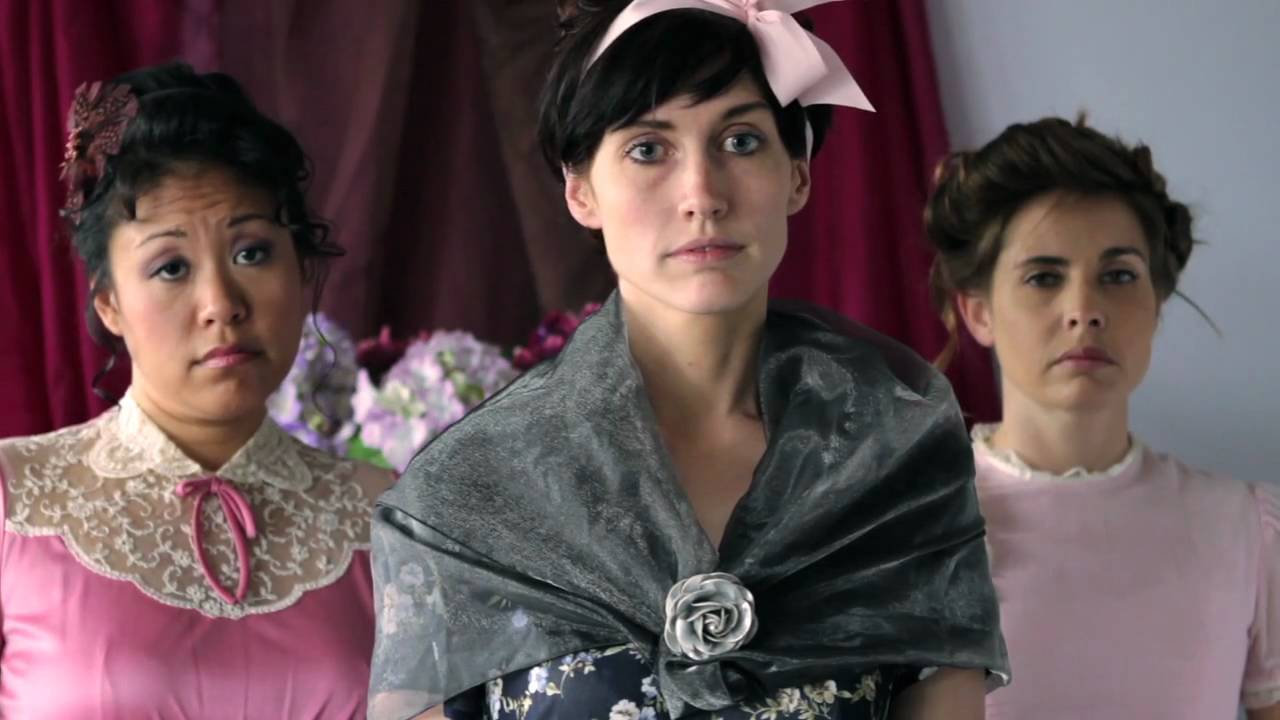Imagine a world wherein the genteel parlors of Regency England intersect with the raw, visceral chaos of an underground fight club. This provocative juxtaposition brings forth a fertile ground for exploration, layering the classic narratives of Jane Austen—treasured for their social commentary and romantic entanglements—with the anarchic ethos of contemporary masculinity. Envisage Elizabeth Bennet grappling not only with societal expectations but also with the angst and existential dilemmas that accompany modern living.
At its core, “Jane Austen’s Fight Club” serves as a daring reinterpretation of quintessential themes such as class structure, gender roles, and self-identity, articulated through the prism of visceral storytelling. Readers can expect a satirical dissection of Austen’s characters, placing them in scenarios that highlight their intrinsic frustrations. What if Mr. Darcy is not merely battling his pride and social standing but grappling with the demons of innate aggression? Such imaginings compel the audience to delve deeper into the psychological undercurrents of Austen’s creations, examining how the claustrophobic confines of their society shape their very identities.
This mashup cultivates an engaging discourse on feminism. By situating Austen’s formidable heroines within the framework of a fight club, the narrative forcefully questions the limits imposed on women in both historical and modern contexts. The anticipation of physical altercations juxtaposed with the propriety of Georgian decorum invites readers to reconsider the narrative confines that women have historically navigated. Can Elizabeth Bennet wield a fist as deftly as she navigates a ballroom, thus empowering her character against a backdrop of misogynistic antagonism?
The interplay between violence and virtue delineates a stark contrast to the genteel world Austen portrayed. While her novels elegantly unravel the subtleties of courtship and social stratification, the introduction of grappling combats invites a visceral reaction. Here lies an intriguing examination of human nature—exposing the vulnerabilities that underlie the pursuit of status, love, and self-acceptance.
Moreover, readers can expect an amalgamation of humor and pathos as characters confront the absurdities of societal norms. The comedic potential arises when the staid gentlemen of Austen’s oeuvre find themselves amidst brawls and bravado, shattering their refined exteriors. This absurdity complicates their personalities, revealing a deeper reflection on the dualities of life that Austen herself so adeptly portrayed.
Ultimately, the blend of Austen’s sharp observations with the gritty ethos of Fight Club creates a narrative rich with irony and insight. This union not only appeals to literary enthusiasts craving an inventive reimagining but also resonates with those drawn to contemporary explorations of identity and masculinity. It challenges us to peer beneath the surface, illuminating the discombobulating experience of navigating one’s place within the multifaceted tapestry of society.
